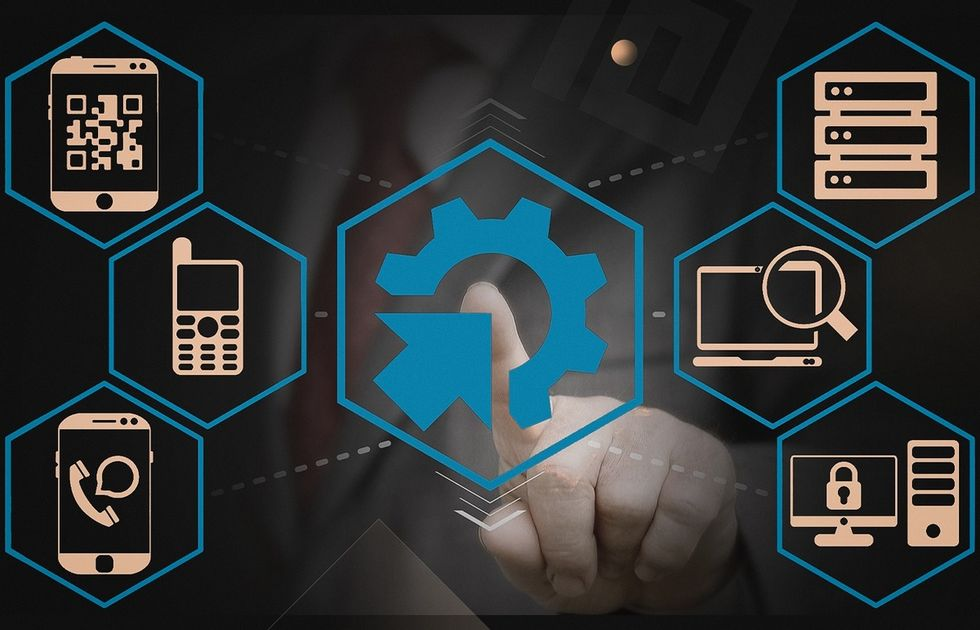If your old system isn't working, upgrading it may be a hassle, but it might benefit your firm. Your company may lose money and competitiveness if it uses obsolete technology. Investing in a more contemporary solution now will pay off in the end.
What keeps legacy systems running?
Have you ever heard of pagers? You probably used it or heard about it, depending on when you were born. But don't assume that this technology has died out just yet. Medical professionals still use pagers. Many nations discontinued pager services, including the UK and Japan. In contrast, lots of American businesses maintain support for a single kind of pager. Pagers are a costly purchase that is also technologically obsolete. What makes it so appealing? The reason for this is straightforward: it may be rather difficult to replace some systems, especially those that oversee vital business processes inside an organization. This happens more than pagers. Banking, insurance, and transportation are just a few of the many industries that rely on legacy systems.
Therefore, if your system relies on outdated technology yet is still vital to running your organization, it may be said to be legacy. It is not necessary that it be ancient. When software is no longer maintained or cannot meet the needs of a company or organization, it is considered legacy software. Why must it be updated? Considering the inherent instability of any old system, any moment might see a crash. It is usually very difficult, if not impossible, to maintain, support, update, or integrate such software with new systems because of its architecture, underlying technology, or design.
It could be difficult to see the need to update outdated systems. Fixing something that hasn't broken yet is pointless. Why? Old systems are weak, incompatible with new products, and unfunctional. Striking a balance between maintaining old systems and expanding your firm to meet customer demands is no easy feat.
Why You Need to Update Old Systems Now --- And Five Good Reasons Why
Like a priceless artifact, software does not become better with time or increase in value. Legacy software modernization company keeps the greatest features without rebuilding by improving speed, flexibility, and user experience. Some of the most noticeable advantages of updating software are:
1. Expense reduction
Downtime and maintenance costs are magnified when using antiquated technology. Reduce operating expense with modernized legacy systems.
2. Scalability and improved efficiency
Your company gains adaptability, scalability, and ease of maintenance. Quicker page loads, more responsive services, and the capacity to handle more users are all yours.
3. Superior safety
Modern technology helps you manage security and reduces the risk of attacks and data fraud.
4. Convenience and mobility
Unlike its antiquated predecessors, modernized legacy software is highly portable and works across several platforms and contexts.
5. Easy use
You may better service your suppliers and customers with the use of artificial intelligence (AI), automation (Automation), the cloud, and contemporary methods like DevOps.
Sum up
Legacy systems are vital to the functioning of the business, yet they depend on technology that are no longer used. Their one and only perk is ensuring that the company runs without a hitch. But they don't meet customer needs. They might be expensive and difficult to maintain. In order to bring about changes inside the company, it is necessary to digitally transform the system into a new infrastructure via legacy software modernization. When it comes to reimagining your company's history with the latest IT trends and technology, Artelogic professionals can help you choose the optimal strategy.



